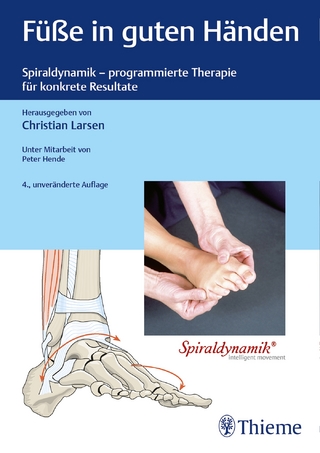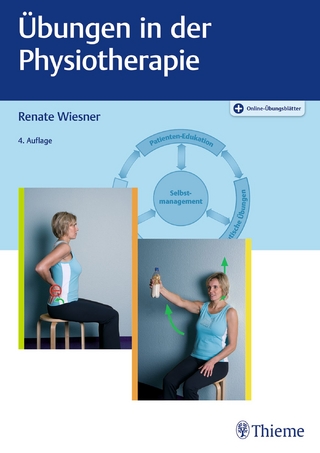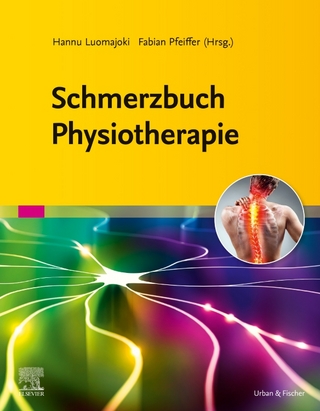
Switchable and Responsive Surfaces and Materials for Biomedical Applications
Woodhead Publishing Ltd (Verlag)
978-0-85709-713-2 (ISBN)
Part one provides a detailed overview of switchable and responsive materials and surfaces, exploring thermo-responsive polymers, environmentally responsive polyelectrolytes and zwitterionic polymers, as well as peptide-based and photonic sensitive switchable materials. Further chapters include a detailed overview of the preparation and analysis of switchable polymer brushes and copolymers for biomedical application. Part two explores the biological interactions and biomedical applications of switchable surfaces, where expert analysis is provided on the interaction of switchable surfaces with proteins and cells. The interaction of stimuli-sensitive polymers for tissue engineering and drug delivery with biosurfaces is critiqued, whilst the editor provides a skillful study into the application of responsive polymers in implantable medical devices and biosensors.
Semprus BioSciences, Cambridge, MA, USA
Related titles
List of contributors
Woodhead Publishing Series in Biomaterials
Introduction
Part One. Switchable and responsive materials and surfaces
1. Thermo-responsive polymers: structure and design of smart materials
1.1. Introduction
1.2. Thermo-responsive polymers and their characteristics
1.3. Types of thermo-responsive polymers
1.4. Physical forms of switchable materials and their applications
1.5. Summary
2. Environmentally responsive polyelectrolytes and zwitterionic polymers
2.1. Introduction
2.2. Monomer subunits and polymerization approaches
2.3. General solution properties
2.4. Stimuli-induced changes and their applications
2.5. Future trends
2.6. Sources of further information
3. Peptide-based switchable and responsive surfaces
3.1. Introduction
3.2. Preparation of peptide surfaces
3.3. Responsive peptide surfaces
3.4. Peptides attached to responsive surfaces
3.5. Protein surfaces
3.6. Physical properties and characterisation
3.7. Emerging applications
3.8. Future trends
4. Photonic sensitive switchable materials
4.1. Introduction
4.2. Photonic sensitive switchable materials
4.3. Potential applications
4.4. Conclusions and future trends
5. Responsive polymer brushes for biomedical applications
5.1. Introduction
5.2. Brush architecture
5.3. Types of responsive polymer brushes
5.4. Biomedical applications
5.5. Summary and future trends
6. Preparation and analysis of switchable copolymers for biomedical application
6.1. Introduction
6.2. Switchable copolymer coatings
6.3. Advanced analytical techniques
6.4. Future trends
6.5. Sources of further information
Part Two. Biological interactions and biomedical applications of switchable surfaces
7. Interaction of switchable biomaterials surfaces with proteins
7.1. Introduction
7.2. Protein adsorption on surfaces
7.3. Protein adsorption on thermo-responsive surfaces
7.4. Protein adsorption on pH and/or ionic strength-responsive surfaces
7.5. Protein adsorption on other responsive surfaces
7.6. Synergistic effect of surface chemistry and nanostructures on protein adsorption
7.7. Aspects for future research
8. Interaction of responsive/switchable surfaces with cells
8.1. Introduction
8.2. Controlling stem cell behavior
8.3. Interfacial properties
8.4. Physical behavior
8.5. Future trends
9. Temperature-responsive polymers for cell culture and tissue engineering applications
9.1. Introduction
9.2. Methods for preparing temperature-responsive cell culture surfaces (TRCSs) and their characteristics
9.3. Cell sheet-based regenerative medicine
9.4. Future application of temperature-responsive cell culture surface to support and promote regenerative medicine field
10. Stimuli-sensitive polymers for drug delivery and diagnostic systems interacting with biosurfaces
10.1. Introduction
10.2. Polymers sensitive to body’s internal stimuli
10.3. Polymers sensitive to the body’s external stimuli
10.4. Future trends
11. Application of responsive polymers in implantable medical devices and biosensors
11.1. Introduction
11.2. Biocompatibility of medical devices and responsive polymers
11.3. Cardiovascular devices
11.4. Drug delivery/infection control coatings and devices
11.5. Surgical devices
11.6. Dental and orthopedic devices
11.7. Ophthalmic devices
11.8. Respiratory devices
11.9. Gastrointestinal devices
11.10. Urogenital devices/urinary devices
11.11. Insulin delivery devices for diabetes management
11.12. Biosensors
11.13. Summary
Index
| Reihe/Serie | Woodhead Publishing Series in Biomaterials |
|---|---|
| Verlagsort | Cambridge |
| Sprache | englisch |
| Maße | 152 x 229 mm |
| Gewicht | 610 g |
| Themenwelt | Medizin / Pharmazie ► Physiotherapie / Ergotherapie ► Orthopädie |
| Technik ► Maschinenbau | |
| Technik ► Medizintechnik | |
| ISBN-10 | 0-85709-713-X / 085709713X |
| ISBN-13 | 978-0-85709-713-2 / 9780857097132 |
| Zustand | Neuware |
| Haben Sie eine Frage zum Produkt? |
aus dem Bereich


